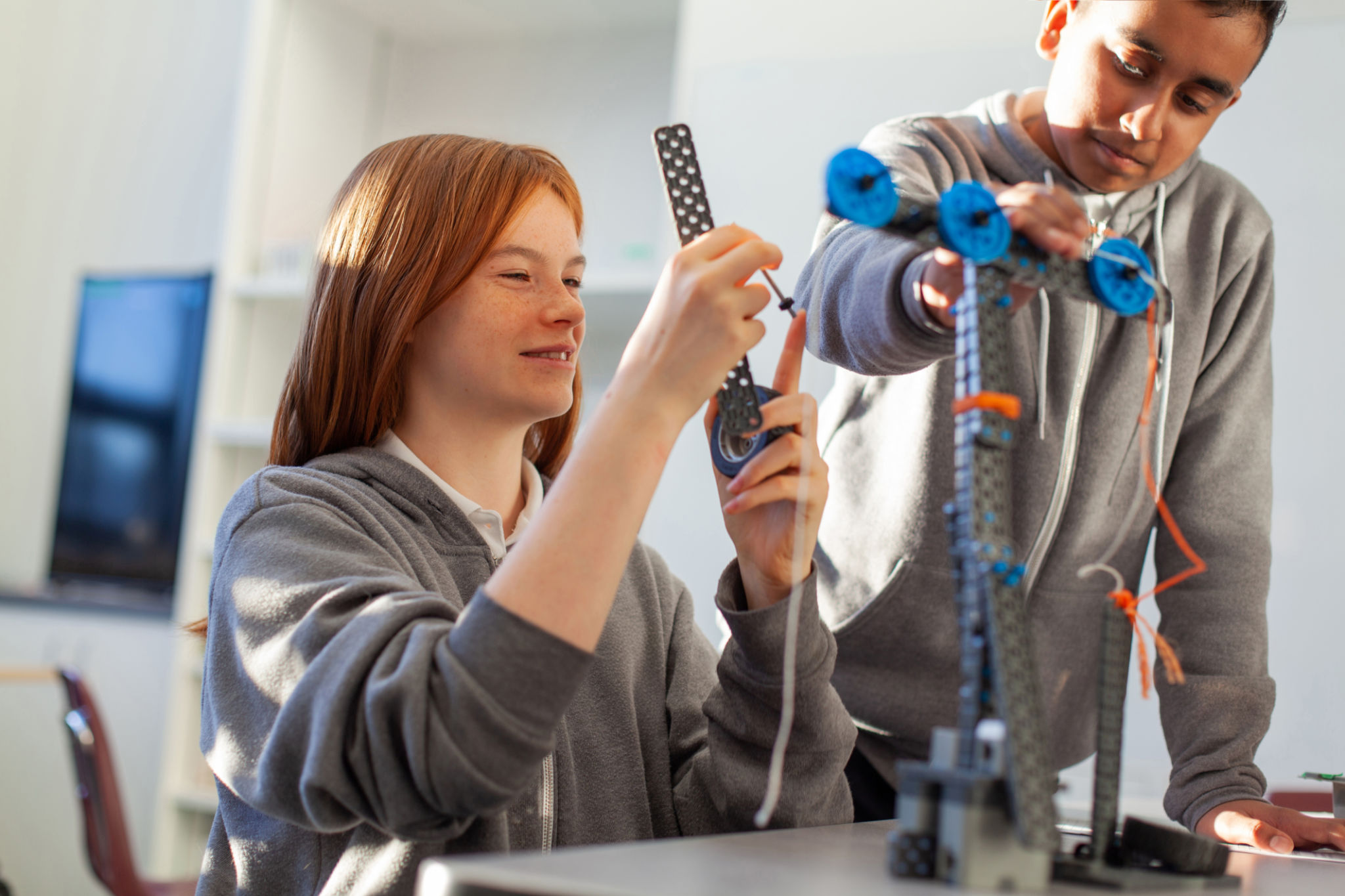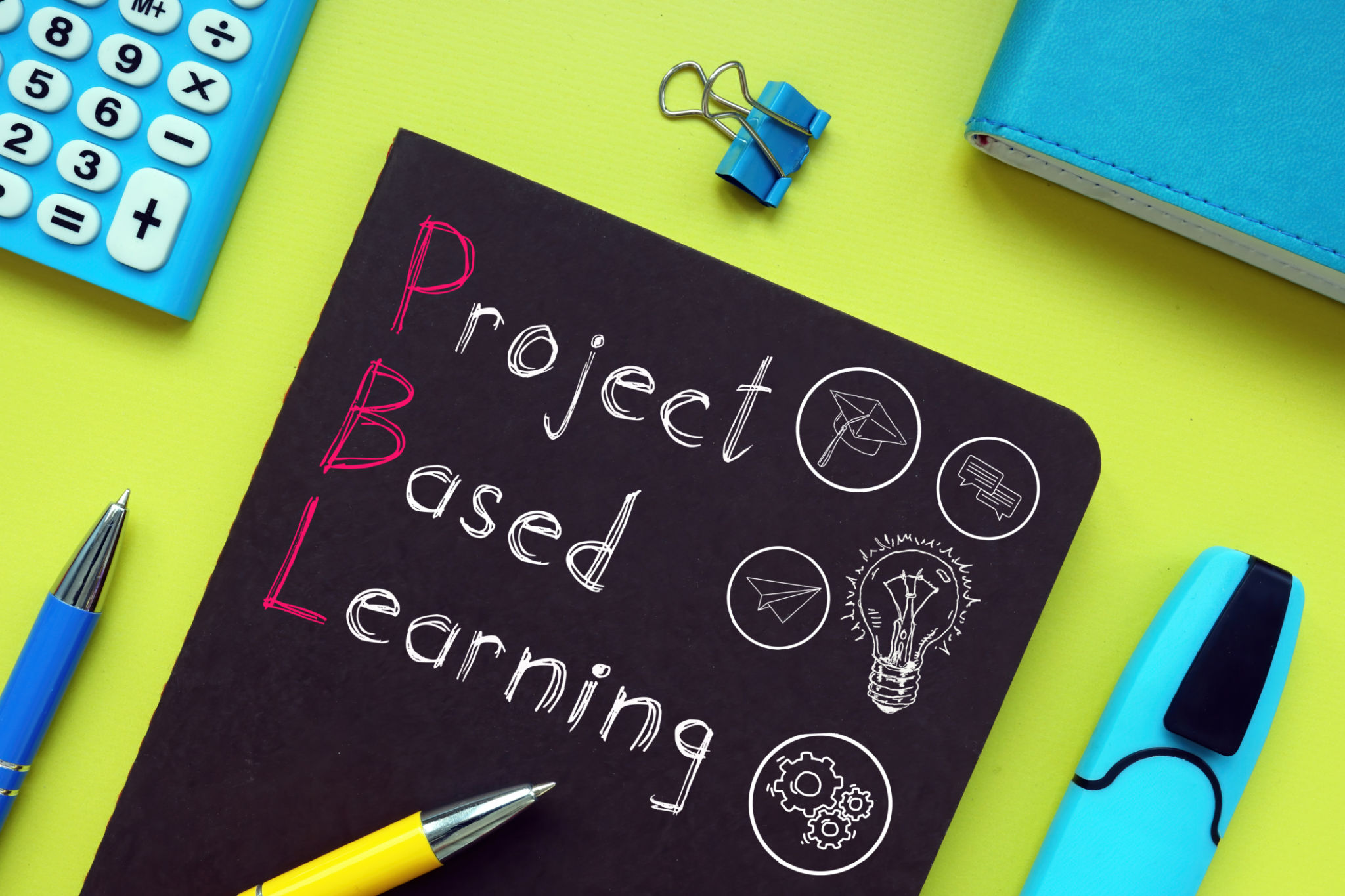How to Build a Makerspace Curriculum That Engages Students
Understanding the Concept of a Makerspace
In recent years, makerspaces have gained popularity in educational settings as hubs for creativity and innovation. A makerspace is a collaborative workspace stocked with tools and materials where students can engage in hands-on projects. The goal is to provide a supportive environment that fosters experiential learning and problem-solving skills.
Creating an engaging makerspace curriculum is essential for maximizing the potential of these spaces. By tailoring activities to students' interests and educational goals, educators can cultivate a dynamic learning environment.

Identifying Learning Objectives
The first step in building an engaging makerspace curriculum is to identify clear learning objectives. What skills or knowledge do you want students to gain from their makerspace experience? Objectives can range from understanding basic engineering principles to enhancing teamwork and collaboration skills.
Incorporating STEM Education
STEM (Science, Technology, Engineering, and Mathematics) education is a natural fit for makerspaces. Consider integrating STEM concepts into your curriculum by designing projects that require critical thinking and technical skills. This approach not only engages students but also prepares them for future careers in these fields.

Designing Hands-On Activities
The heart of an engaging makerspace curriculum lies in its activities. Aim for a balance between structured projects and open-ended exploration. Structured projects provide guidance and help achieve specific learning goals, while open-ended activities allow students to unleash their creativity.
Creating Project-Based Learning Opportunities
Project-based learning (PBL) is an effective strategy for makerspaces. Develop projects that challenge students to solve real-world problems or create innovative solutions. PBL not only boosts engagement but also enhances critical thinking and communication skills.
- Start with a problem or challenge relevant to students' lives.
- Encourage brainstorming and collaborative planning.
- Guide students through the design and creation process.
- Facilitate reflection and presentation of their work.

Integrating Technology and Digital Tools
Incorporating technology into your makerspace curriculum can significantly enhance the learning experience. From 3D printers to coding platforms, digital tools can unlock new possibilities for student projects. Teach students how to use these tools effectively and safely within their projects.
Emphasizing Digital Literacy
As technology continues to evolve, digital literacy becomes increasingly crucial. Use the makerspace as an opportunity to teach students about the ethical and responsible use of technology. This includes understanding data privacy, digital citizenship, and online collaboration.
Assessing and Reflecting on Student Progress
Finally, assessing student progress and reflecting on their experiences are vital components of an engaging makerspace curriculum. Instead of traditional grading methods, consider using rubrics or portfolios that showcase a student's journey through their projects.
- Document the process, not just the final product.
- Encourage peer feedback and self-assessment.
- Create opportunities for students to present their work and reflect on what they’ve learned.
By focusing on these elements, educators can build a makerspace curriculum that not only engages students but also equips them with valuable skills for the future.
